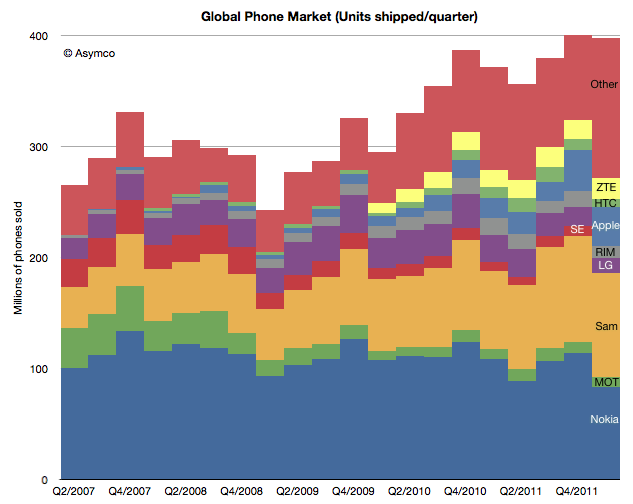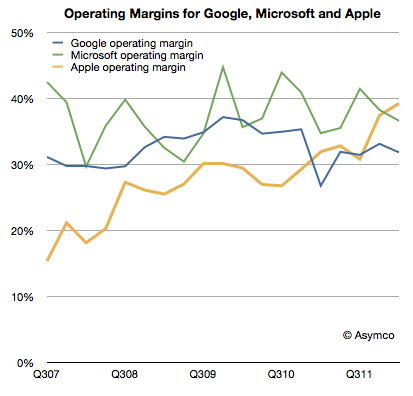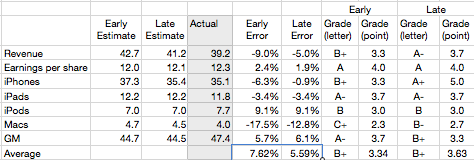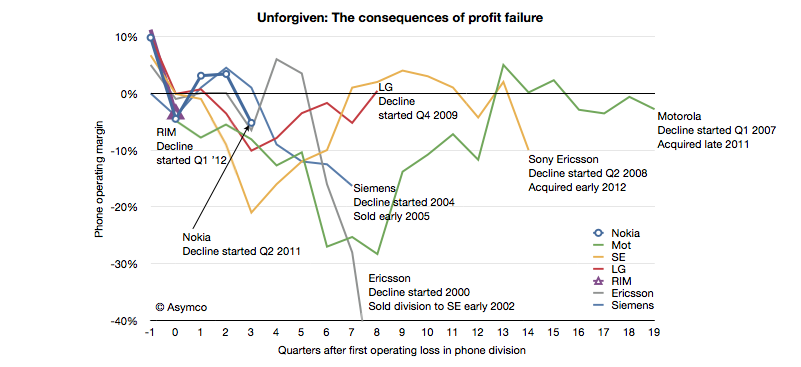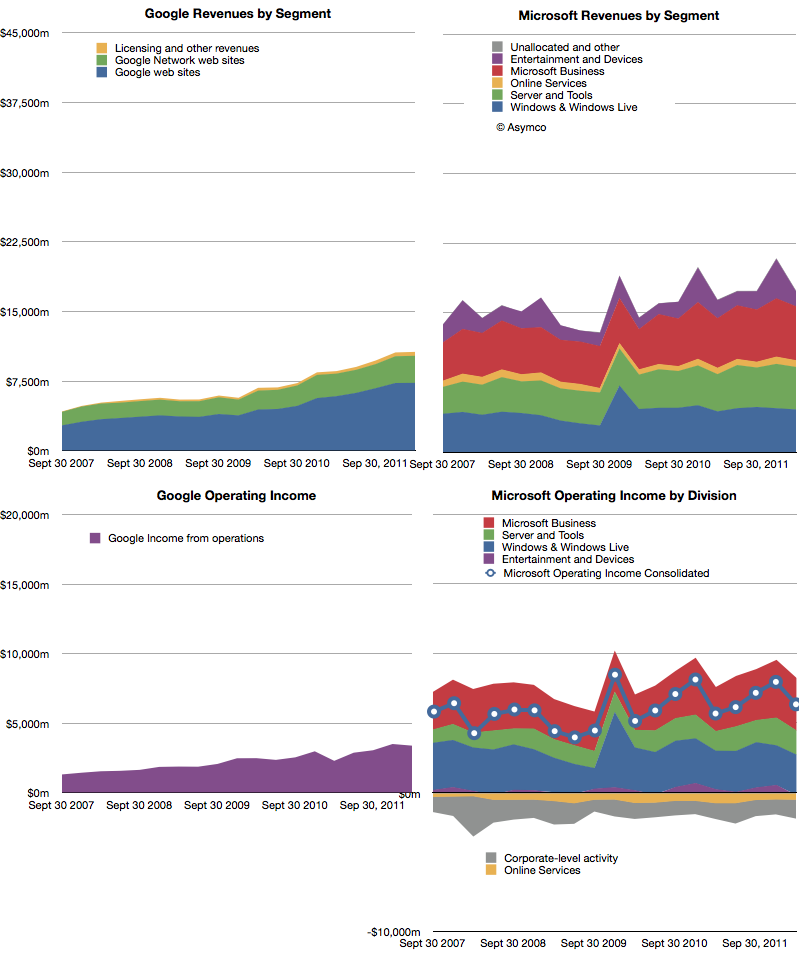This is a transcript of a voice interview conducted April 19th 2012.
The interview is available as an audio file here.
—
Jim Zellmer: I thought we’d start by describing your education from the beginning, Horace.
Horace Dediu: OK, that’s good, yeah. I like to say I’m the product of the public school systems. I went to public schools in three different countries, and probably maybe a dozen different schools altogether because we moved a lot, moved over 30 times.
My family emigrated, and we were what you might call political refugees for a while. We were stateless. We didn’t have passports. We were officially not citizens of any country. So, for a period of about four or five years, that was the case. I started having regular schooling in Romania, and then moved to Italy and was enrolled in a school, actually, in the city of Verona, which is where “Romeo and Juliet” was originally set.
I was saying…my background. I spent a year in school in Italy, and I went to school in the north of Italy, in Torino. The thing was that I didn’t know Italian, so I actually had to learn. But that’s a lot easier for children. I was about nine, I think. And so, I learned Italian, was able to have a good school year. But then we moved.
In the summer, we moved again, and we emigrated to the United States. It took about a year to get the paperwork for that–because that was our ultimate goal was to be in the US. I was enrolled in the public schools. First, in Cleveland, where we found someone to help us. I actually went to, I guess, elementary school in the city of Cleveland, where we lived.
And then, later on, for middle school… What happened in Cleveland around that time was that busing started, desegregation. It would have meant, for me, more than one-hour journey across the whole city, from the west end to the east end of Cleveland, and my parents would have none of that. So, we moved to a suburb, immediately adjacent, which is called Lakewood. I went to middle school and high school in Lakewood, Ohio, for three years in high school.
And then, we actually moved yet again, to Boston. My father got a job in the booming tech sector at the time, which was in the early ’80s. I ended up in a suburb of Boston called Medford. We didn’t know much. Again, we were flying pretty blind here. We weren’t familiar with neighborhoods or what were good schools or anything like that–“good schools.” Mostly it was a question of, “Can we find affordable housing?”
Medford turned out to be a pretty lucky choice. In one hand, at the time, it was a blue-collar town. It was one of the near suburbs. So the closer to the city, it tends to be the older the immigrant generations are. It was settled mostly by Italian Americans. And so, a lot of the children I met in school were of some ethnic background.
Again, in the Midwest, that was a bit more rare. So East Coast, for me, was a little bit more vibrant in the sense that there were more interesting ethnic backgrounds and people from different histories and so on.
I enjoyed it, but I only had one year at Medford High School. It was actually more enjoyable, that year, I would say, than my years in Ohio. I have friends that I retained from that one year, and I don’t have friends I stay in touch with from Ohio.
But it has changed. The city since has become much more, I would say, a lot of those families moved yet again, probably to a further suburb, and has changed character. I think it’s more Hispanic now, the city overall. Nothing wrong with that, it just probably would feel different to anyone there now.
I was, again, in Medford. My choice, my next question, was where to go to college. I had been doing OK in school. And that was an interesting puzzle to solve as a kid, because you don’t quite know how to fit in, the usual problems. Fortunately, having moved around so much, I had a pretty thick skin, and having had an accent or a strange background just made you a little bit tougher. And so, I was pretty immune to some of the high-school politics.
I focused on studies, and my parents are both educators. My father has a PhD in mathematics, and my mother had a Master’s in mathematics and she taught. Actually, her job was as a teacher. They both got certified as teachers in the United States. My father had taught, also, university in Romania, but he ended up teaching high school and other two-year colleges in the US. It’s very hard to go into academia from another country.
In any case, the fact that I had such devoted, academically inclined parents helped in focusing me on academics. That also, I think, was my nature. As far as college, my concern, we always had financial concerns, right?
Jim Zellmer: Right.
Horace: So, for me, I wasn’t interested in the social aspect of college. For us, really, the decision was, “Can we keep expenses down?” I was accepted at Tufts University and also at Brandeis, which were local. That was important to me, that it would be near to my home and I could actually commute to these places. Continue reading “Jim Zellmer interviews me about my life”

